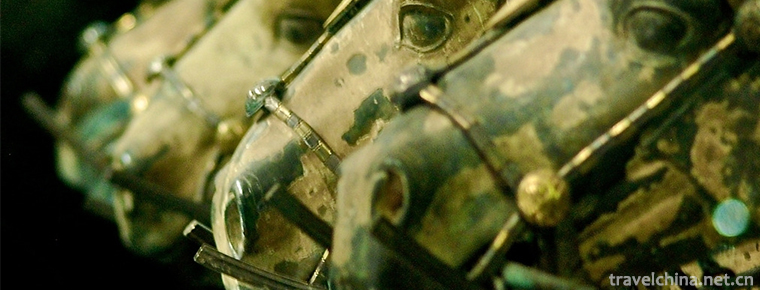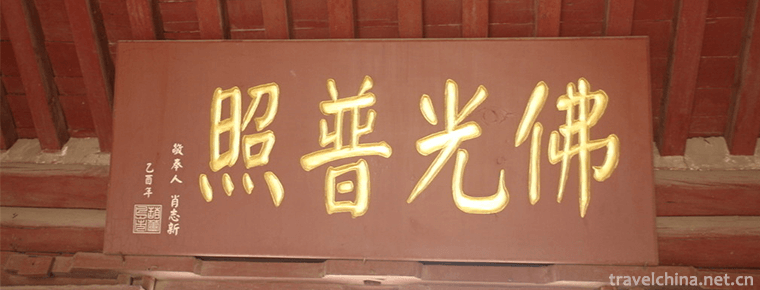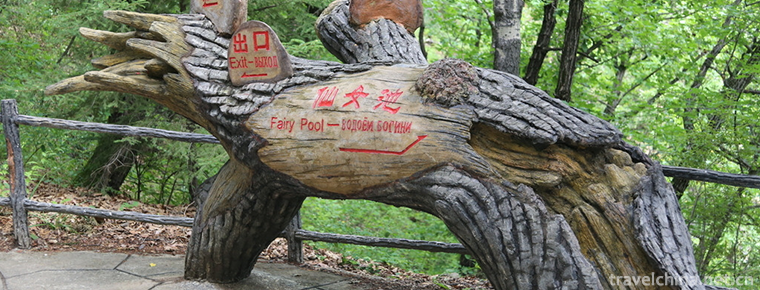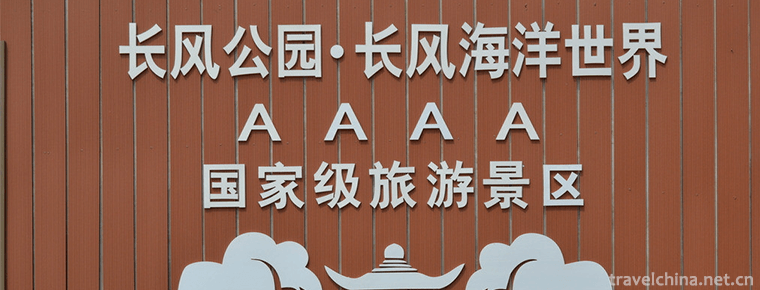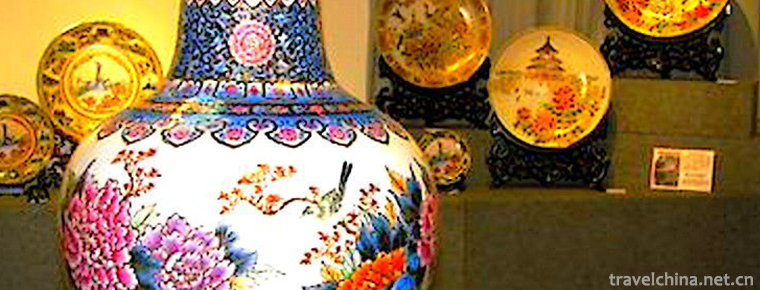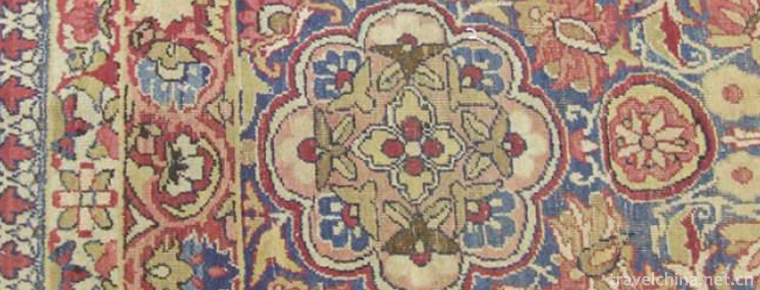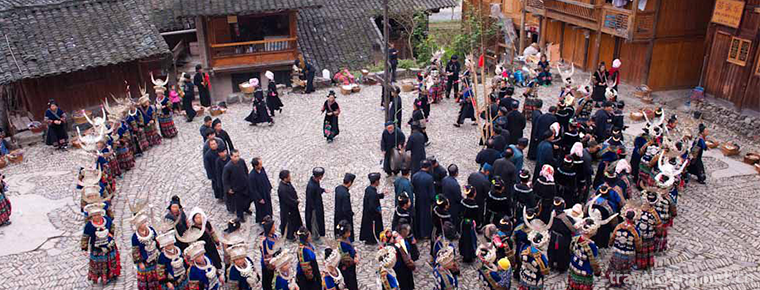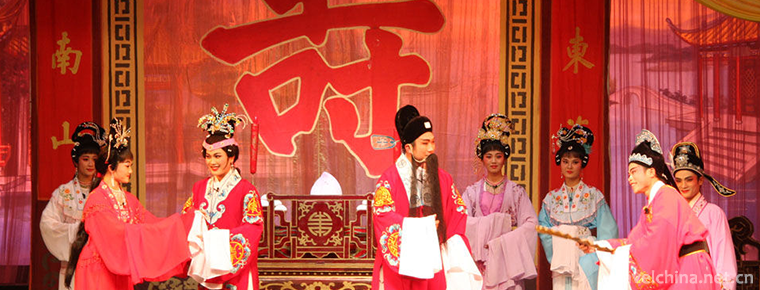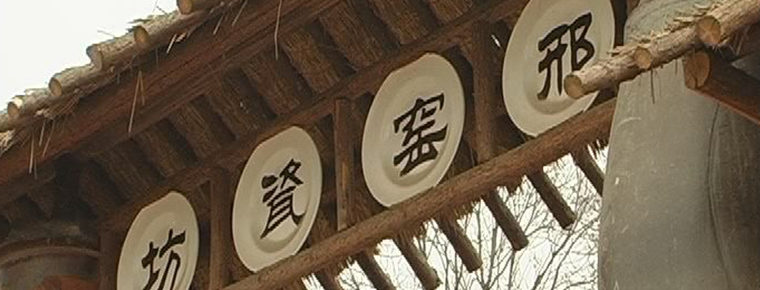Wonton Noodle
The wonton noodle is also called the bamboo rising face. It is a characteristic snack in Guangzhou. It originated in Guangzhou and Guangdong cuisine. The main ingredients are soup noodles (big fish soup with lard and leek yellow), salvaged noodles and fried noodles (noodles need to be steamed before fried). Wonton noodle is a very popular food in China. With boiled Yuntong and bamboo noodles, add the clear soup cooked with ground fish, shrimp skin, Yao Zhu and chicken, then add lard and leek yellow.
Generally speaking, Yuntuan noodles are composed of three parts, with soup and noodles as the most important part, followed by Yuntuan. The evaluation of a bowl of Yuntuan noodles is based on these three aspects.
Wonton noodles, or Yuntong noodles, are called "Rong" or "Chung" in the industry (both of them are jung2 "Chung" in Cantonese). The former is said to be the abbreviation of "lotus noodles". The latter is said to be the early wonton noodles are relatively small. In winter, the lower classes hold small bowls (i.e. "hugging") in their arms, and when they are full, they can warm themselves. Therefore, they are also called "thin hugging"("thin" means small). Also used to be the favorite of Guangzhou Xiguan master. Wonton has a smooth entrance, more elastic and chewy surface, and it is rich in protein, starch and other nutrients.
Wonton noodle is a kind of snack in Guangdong. Although pasta does not appear as a staple food in Guangdong, it is surprising that most Cantonese people have a hard feelings about Yuntong noodles. According to textual research, Yuntongmian first appeared in the late Qing Dynasty and the early Republic of China. It is said that it was introduced from Hunan during Tongzhi period.
At that time, a Hunan man opened a "Sanchu noodles restaurant" in Shuangmendi, Guangzhou (now Beijing Road), which specializes in pasta, including Yuntong noodles. But the wonton was rough at that time. Basically, only the noodle meat stuffed with white water soup. Later, after several improvements, egg juice and noodles were rolled into thin skins, wrapped in fillings made of minced meat, shrimps and leek.
Obviously, Guangzhou is not a staple food area. However, Guangzhou people have a special liking for this bowl of wonton noodles. The "three noodle shops" were flourishing, and many people soon followed suit. In the early days, Yuntong noodles were sold around by hawkers and attracted customers by knocking out bamboo boards. It soon developed into a market.
Eat wonton noodles also have to pay attention to, don't think a few wonton noodles add soup is called wonton noodles. The "wonton noodle" is needed for "Three Stresses". The authentic noodles should be made from flour and duck eggs, and the most important thing is that no water is needed. The authentic bamboo noodles are raised entirely by duck eggs. This way, the noodles are boiled out with a little bit of toughness and very crisp in the mouth. Two talk about wonton. The key lies in the filling, which is made of fresh shrimp balls, three-thirds fat and seven-minute lean pork. That's exactly what happens when you bite down "Bubu Crisp" (Cantonese, meaning: it's chewy to play your teeth). Three talk soup. The authentic method is to make soup with big fish and river shrimp (or shrimp shells) with delicious and sweet taste. MSG is a big taboo.
One way to distinguish the wonton noodles is true and false: chives must not be missing. Even when noodles are served on the table, it is important to put a spoon at the bottom of the bowl, then five fresh shrimp swallows, and then spread the noodles on the top of the swallow. The noodles are back-shaped, and then add half of the bowl of soup boiled with big fish and river shrimp. In the soup, as Curtner said, we should put some leek yellow silk to add delicacy and bring a crisp taste. In order to keep the elasticity of noodles, we should pay attention not to let the noodles soak in the soup, but to expose some noodles to the soup, and to catch up with the heat.
Yuntong noodle is rich in sweet, smooth starch, sugar, protein, calcium, iron, phosphorus, potassium, magnesium and other minerals. It has the effect of nourishing the heart and kidney, strengthening the spleen and intestines, thiamine, riboflavin, fiber, vitamin A, and three kinds of amino acids.
The wonton noodle is easy to digest and absorb, and has the effects of improving anemia, enhancing immunity, and balancing nutrient absorption.
Yuntong noodles are rich in carbohydrates, can provide enough energy, and absorb a lot of water in the cooking process, 100 grams of Yuntong noodles will become about 400 grams after cooking, so it can produce a strong sense of satiety. In addition, Yuntuan noodles can stimulate people's thinking activities. The human brain and nervous system need a kind of food with 50% carbohydrates. Noodles are the food that the human brain needs. Hard wheat contains B vitamins, which stimulate brain cells, so a bowl of noodles with reasonable nutrition is a good choice. In the morning, some foods with high protein content should be eaten. Eating noodles at night is not conducive to digestion and absorption.
Cantonese wonton noodle
Guangzhou people like to eat Yuntong noodles, a bowl of excellent Yuntong noodles, there must be "three talks": one talks about noodles, it must be bamboo litres of silver noodles; two talks about Yuntong, it needs 37 pieces of fat lean pork, but also with egg yolk pulp to live meat flavor; three talks about soup, it needs strong soup made of earth fish and pork bones. The little wonton noodles are loaded with rich local elements.
Eat wonton noodles also have to pay attention to, don't think a few wonton noodles add soup is called wonton noodles. The real "wonton noodle" needs "Three Stresses":
One face. The authentic noodles should be made from flour and eggs, and the most important thing is that they need no water at all, depending entirely on eggs. This way, the noodles are boiled out with a little bit of toughness and very crisp in the mouth.
Two talk about wonton. The key lies in the stuffing, with fresh shrimp balls, and bite off "peeling".
Three talk soup. The soup that is boiled out of firewood and shrimp shell should be fresh and clear, and MSG is a taboo. There is another way to distinguish the authenticity of Yuntong noodles: leek yellow must be indispensable (authentic Cantonese Yuntong noodles only put leek yellow instead of green vegetables). Even noodles on the table are exquisite: the bottom of the bowl is usually put five fresh shrimp swallow, and then the noodles on the top of the swallow, add more than half of the bowl of noodles soup, soup to put some leek yellow silk, add delicacy and bring a crisp taste.
The wonton of Guangzhou people is the wonton made by the northerners. It is said that Hunan was introduced into Guangdong in the Tang and Song dynasties. In the Song Dynasty, Gao Jie's book "living in groups" was recorded in the book: "south of the Five Ridges's warm..." In winter, the wonton is good, but it is often noisy. The introduction of wonton noodle into Guangzhou should be traced back to the Tongzhi period of the Qing Dynasty.
According to legend, a Hunan man opened a "Sanchu noodles restaurant" in Shuangmendi (Beijing Road) of Guangzhou, which specializes in pasta, including Yuntong noodles. But the wonton was rough at that time. Basically, only the noodle meat stuffed with white water soup. Later, after several improvements, egg juice and noodles were rolled into thin skins, wrapped in fillings made of minced meat, shrimps and leek.
Obviously, Guangzhou is not a staple food area. However, Guangzhou people have a special liking for this bowl of wonton noodles. The "three noodle shops" were flourishing, and many people soon followed suit. In the early days, Yuntong noodles were sold around by hawkers and attracted customers by knocking out bamboo boards. It soon developed into a market.
"Money to eat boxes of rice, no money to eat wonton noodles." Until now, the wonton noodle has returned to its most primitive state - the representative of cheap meals. However, it is undeniable that the people in Guangzhou never abandon it, but can not do without it.
If there is a so-called homesickness, wonton noodles can become a good medicine for Guangzhou people who are wandering outside. In a small bowl, the soup boiled from big fish, pork bones and shrimp seeds is fresh, sweet and not choking. The shrimp in Yuntun is delicate and delicate, and the silver silk surface is translucent and strong, just like the personality of Guangzhou. If you can get a bowl of cloudy noodles on the carvings when you get off the plane, the feeling of "fighting" has nothing to do with hunger or hunger. It's simply a dependence on going home.
Hongkong wonton noodles
Wonton noodle is one of the characteristics of Hongkong cuisine. is also an integral part of Hongkong's food culture. Wonton is wonton. The earliest wonton is made of whole pork, so it is called "wonton wonton". The ancient wonton is very particular about it. It should be three fat and seven thin. Nowadays, most of the Yuntong noodles we usually eat are made of fresh shrimp Yuntong, which is made of Yuntong skin, fresh shrimp and pork . Wonton noodles originated in Guangzhou. Wonton noodles are not only loved by Hong Kong people, but also by many Hong Kong stars, such as Zhou Yunfa, Tan Yonglin, Jackie Chan, Zhou Xingchi, Luo Jialiang, and so on. Opening their personal data, you will find that their favorite is Wonton noodles. Fage said: Because there is no way to work, I went to Canada to make western films. I went there for several months. I don't know why I wanted to eat Hong Kong's fish eggs powder and Yuntuan noodles for a long time. "I don't know how to cook at all, but I really like to eat Yuntong noodles. I eat them five or six times a week," Luo Jialiang said at a filming scene.
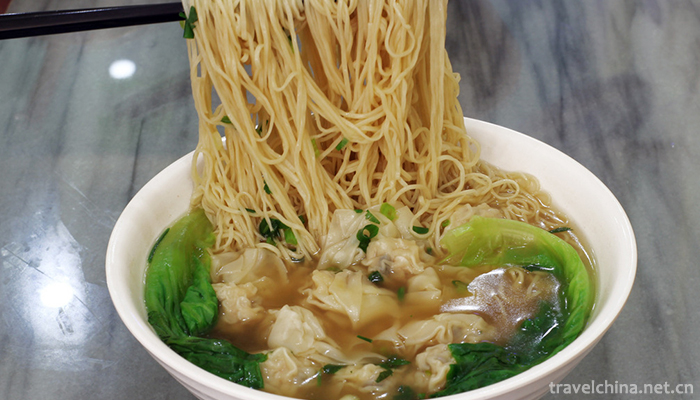
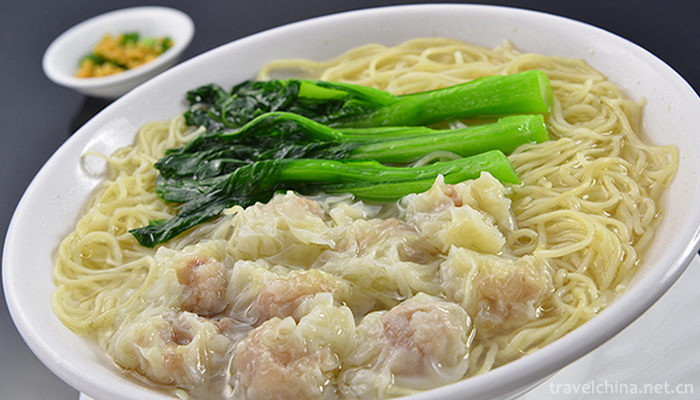

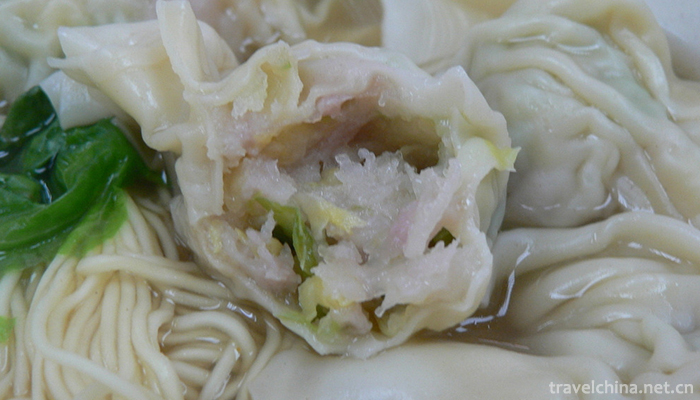
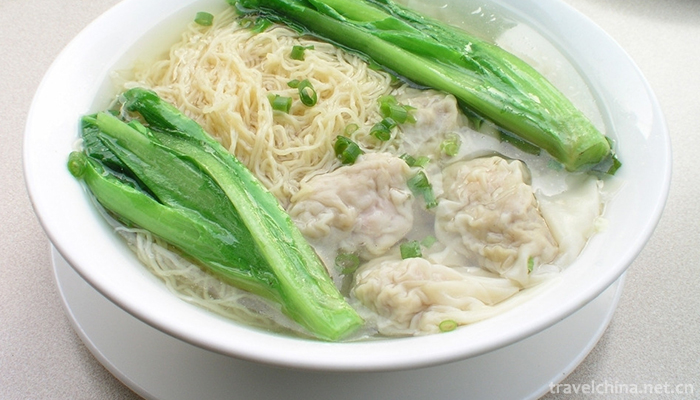
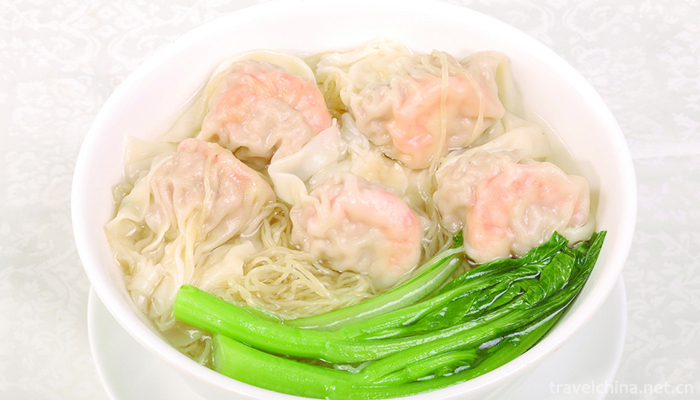
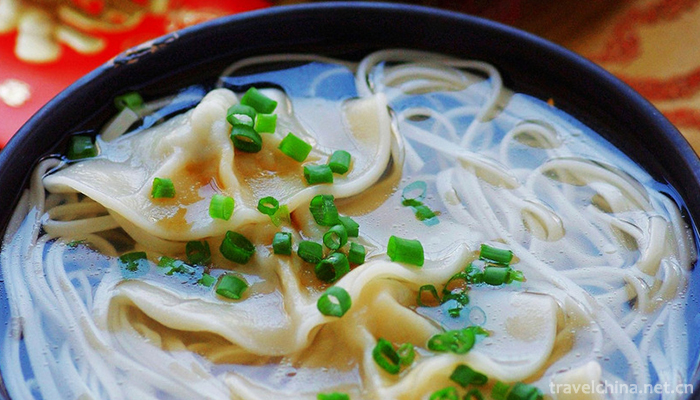
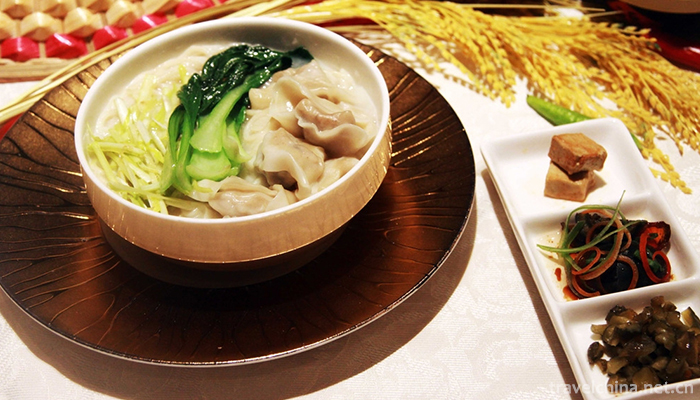
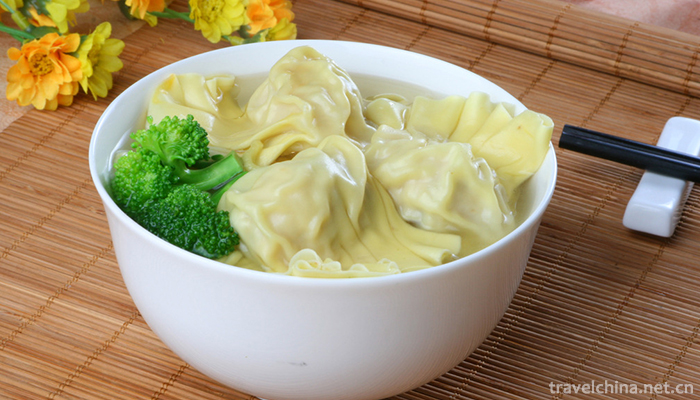
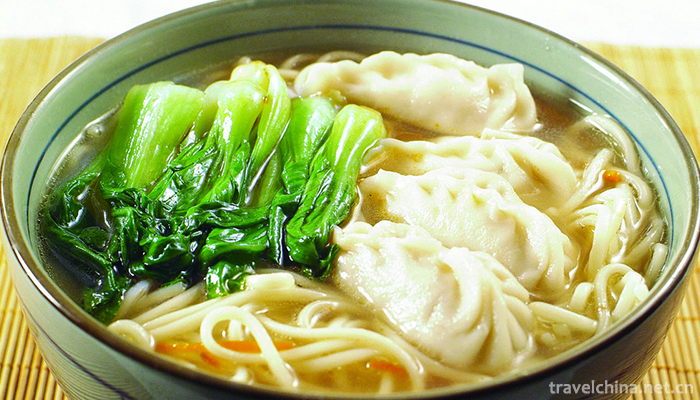
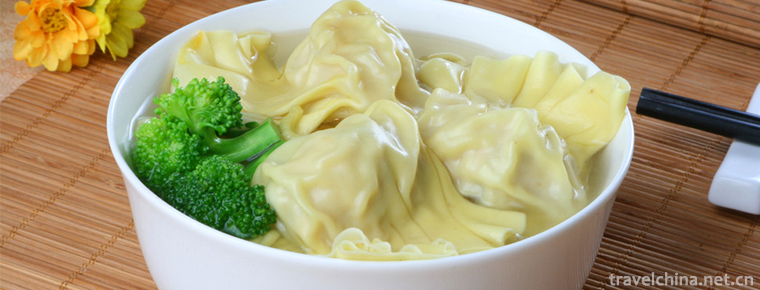
Wonton Noodle
-
Terracotta Army
Terracotta Warriors and Horses, terracotta warriors and horses of Qin Shihuang, also referred to as terracotta warriors and horses or terracotta warriors and horses of Qin Dynasty
Views: 210 Time 2018-11-11 -
Dayi Liushi Manorial Museum
Dayi Liu Manor Museum, located at No. 15 Jingui Street, Anren Town, Dayi County, Chengdu City, Sichuan Province, is one of the most important historical sites and representative buildings in modern Ch
Views: 228 Time 2018-12-26 -
Feng Guo Temple
Fengguo Temple is located in Yixian County, Jinzhou City, Liaoning Province, China. It was founded in the ninth year of Kaitai, Liaoning Province (1020). It was first named Xianxi Temple and later cha
Views: 172 Time 2019-01-12 -
Maolangou National Forest Park
Maolangou National Forest Park is located in the northeastern part of Heilongjiang Province, at the northern foot of Xiaoxing'an Mountains and Xiangyang Township of Jiayin County,
Views: 205 Time 2019-02-07 -
Shanghai Changfeng Ocean World
Shanghai Changfeng Ocean World belongs to the world's largest aquarium chain brand of Merlin Entertainment Group, which is the first and second largest in Europe
Views: 244 Time 2019-03-17 -
Firing Techniques of Chaozhou Coloured Porcelain
In Chaozhou at the end of the Qing Dynasty, new colored pigments were used in the colored porcelain painting. Combining traditional glaze painting art with traditional Chinese painting
Views: 257 Time 2019-04-16 -
Canadian Tibetan carpet weaving skills
Canadian Tibetan carpet weaving skills, traditional handicraft in Huangzhong County, Qinghai Province, one of the national intangible cultural heritage.
Views: 119 Time 2019-05-05 -
Miao Lusheng Dance
Lusheng dance, also known as "stepping on Lusheng" and "stepping on the singing hall", is named for its accompaniment and self-boasting dance. It spreads in the Miao, Dong, Buyi, S
Views: 176 Time 2019-06-05 -
Hainan opera Qiongju Opera
In June 2008, Qiongju Opera declared by Hainan Qiongju Theatre and Haikou City was listed in the second batch of national intangible cultural heritage list with the approval of the State Council.
Views: 226 Time 2019-06-11 -
Inkstone making skills
Inkstone making skills, local traditional handmade inkstone making skills in Shexian County of Anhui Province and Wuyuan County of Jiangxi Province, is one of the national intangible cultural heritage
Views: 154 Time 2019-07-01 -
Sintering Techniques of Xingyao Ceramics
Xingyao firing technology is a local traditional handicraft in Hebei Province. Xing kiln is a famous northern kiln in China. As early as the Northern Dynasty, Xing kiln began firing celadon and a smal
Views: 249 Time 2019-07-08 -
Climate of Luzhou
Luzhou city belongs to subtropical humid climate zone, and the three-dimensional climate is obvious in the southern mountainous area. It has high temperature, sufficient sunshine, abundant rainfall, four distinct seasons, long frost free period, temperature, light and water in the same season
Views: 388 Time 2020-12-14
